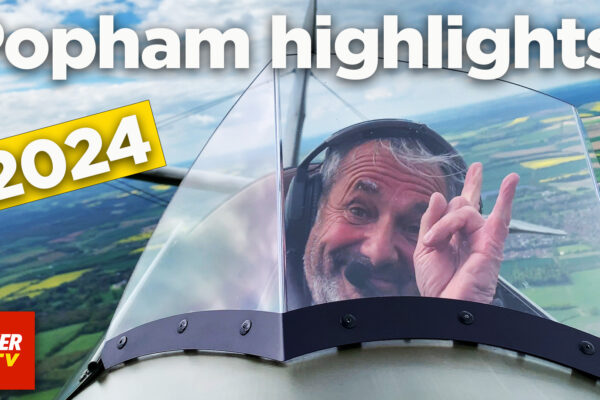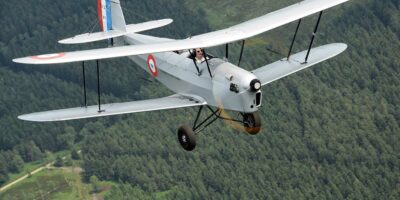It’s only a couple of feet from the right seat of the corporate jet to the left, but it can feel like a world away. The view out the windscreen is almost identical, but the weight of responsibility skews heavily left. And when flying alone in the cockpit, there can be no doubt that the outcome of the flight is all on the left seat pilot’s shoulders.
With the ongoing pilot shortage, pilots of corporate jets flying under FAA Part 91 (Business Aviation) rules are likely to find themselves alone in the cockpit more often. Even when aircraft owners and managers are willing to pay for two-pilot crews, finding them can be impossible.
I was recently scheduled for a Cessna Citation trip with another type-rated and current pilot, but at the last minute the other pilot had to cancel and I elected to fly the trip alone. It was going to be a dawn departure with the aircraft owner and two executives from his company, and they were planning to attend a critical 0900 business meeting near an airport roughly 90 minutes away.
The weather at the destination showed low clouds and fog when I woke up that morning – a 100ft ceiling and one-quarter-mile visibility, well below the ILS approach minimums of 200ft and a half-mile visibility. The fog was forecast to burn off about 1000, however, and the destination airport was expected to stay VFR the rest of the day.
The business owner was disappointed when I told him about the pea-soup fog when he arrived a few minutes before departure time. He resolved to do what I advised, if I were to insist that we delay our departure, but he wasn’t happy about the situation.
Then, at 0700, a ray of hope. The weather at the destination had improved to a 400ft ceiling and two miles visibility, and that seemed like plenty. The trends were moving rapidly in the right direction, and if we left right away, my passengers could still make their scheduled meeting.
We launched into blue skies, climbed to altitude, and then I checked the onboard ADS-B weather and my heart sank. The ceiling at our destination had dropped again, so there was a good chance we’d have to divert to another airport, after all.
I had made the call to launch when we did, and now it seemed like that would turn out to be the wrong choice. A diversion would mean more fees, more fuel, and more complications for the owner – and he and his team would still miss their meeting. Unfortunately, for me, it was my fault.
I kept this information to myself during the flight. The three executives in the cabin were busy reviewing notes and talking strategy, and there was nothing I could do until we got to our destination, anyway. I’d fly the approach, and we’d either land or go somewhere else depending on conditions.
About 15 minutes out, the ATIS (Automatic Terminal Information Service) lifted my hopes again. The ceiling was reported at 200ft – just good enough. I let the autopilot on the Garmin G3000 system fly the approach and, just as advertised, the aeroplane broke out of the clouds 200ft above the long runway and its brilliantly illuminated runway lights.
The passengers made their meeting and they remained blissfully unaware of the emotional rollercoaster I’d been riding in the cockpit during the last hour aloft.
Pilots need a certain amount of swagger to be successful, and we all want our decisions to be confirmed correct. Swaggering self-confidence is of no value at all, however, if it results in pilots clinging more tightly to our faulty decisions even after they’ve been proved wrong.
Then again, a swagger is just vanity – and that’s dangerous.
After the flight, I wondered whether I would have allowed the aeroplane to dip below 200ft during the approach to save myself the embarrassment of a diversion and taking the blame for an errant go/no-go choice. Would 20ft be OK? Or 50ft? How about 100?
I’d like to think I would have done the right thing and executed a timely missed approach if I hadn’t seen the runway at decision height, but I can’t say that with absolute certainty because, this time, the ceiling turned out to be high enough.
My test is bound to come on another day, however, and when it does, I’m determined to make the correct – but surprisingly difficult – choices.
It would be nice to have another pilot to back me up when that happens, but in these times, there’s no sense counting on it.







